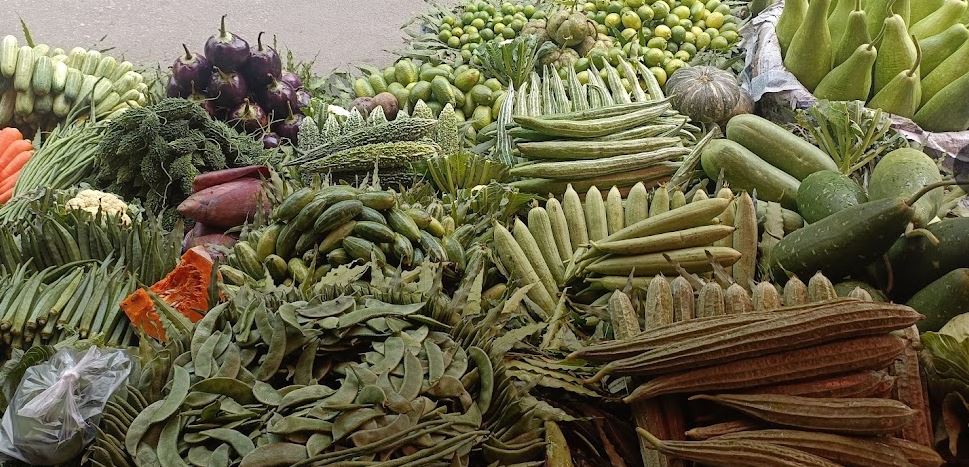News Flash
News Flash

DHAKA, Nov 26, 2024 (BSS) – Some 18 types of vegetables have been cultivated in Kishoreganj district this winter (rabi season) with a production target of 2.5 metric tons having an estimated market value of TK 124 crore, according to the officials of agriculture department.
Abu Saleh Hasan Sarwar, Senior Agricultural Marketing Officer at Kishoreganj Department of Agricultural Marketing said that the estimated market value of the vegetables being produced in the district is TK 124 crore.
“This time, more vegetables will be produced in comparison to last year,” he added.
While visiting different parts of the district the farmers are found busy planting and maintaining winter vegetable seedlings in the highlands of the district.
The farmers are cultivating different varieties of vegetables in Pakundia, Hossainpur, Katiadi, Bajitpur and other upazilas of the district.
Local farmers have also cultivated early varieties of vegetables before the onset of winter. Winter vegetables have been cultivated on about 9,850 hectares of land in the district.
Many farmers have started selling early varieties of vegetables in the market, which is contributing to cutting the vegetables down at the consumer level.
Currently, early varieties of winter brinjal, red cabbage, spinach, cauliflower, cabbage, radish, gourd, green bean, beans, bitter gourd, tomato, chilli, different varieties of potato and others are available in the Kishoreganj market.
Officials said that the farmers have been given training on the use of advanced technology in vegetables cultivation.
Kishoreganj Department of Agricultural Extension (DAE) Deputy Director, Abul Kalam Azad said that most of Kishoreganj is mainly haor areas and therefore, more grains are produced here. In addition, vegetables are also produced well in some upazilas, he added.
According to him, last season, winter vegetables production in Kishoreganj was 2 lakh 50 thousand 190 metric tons, while this time the target has been increased by 5 thousand metric tons.